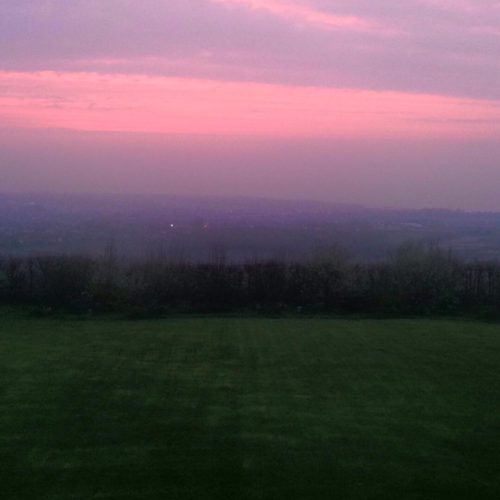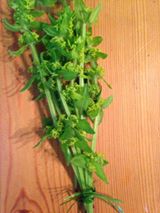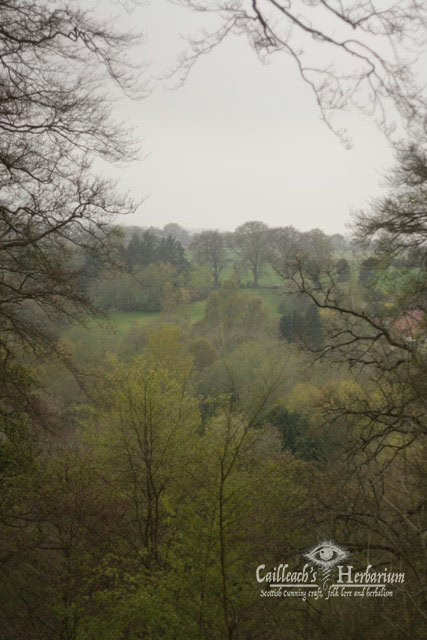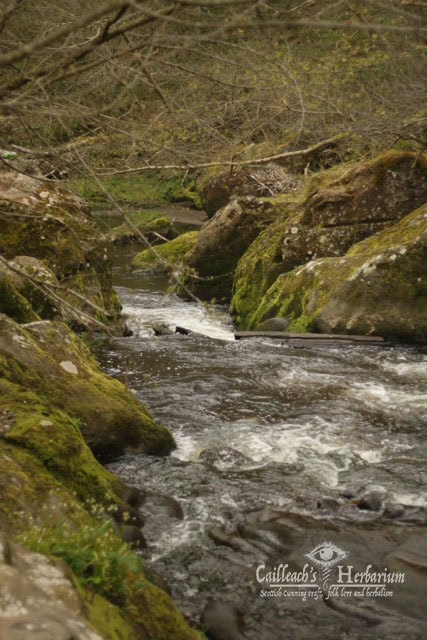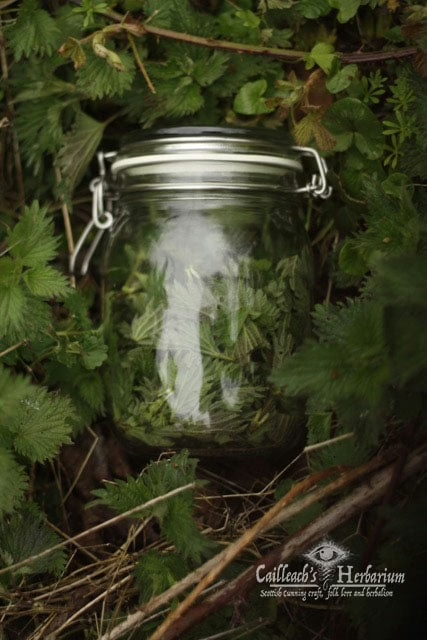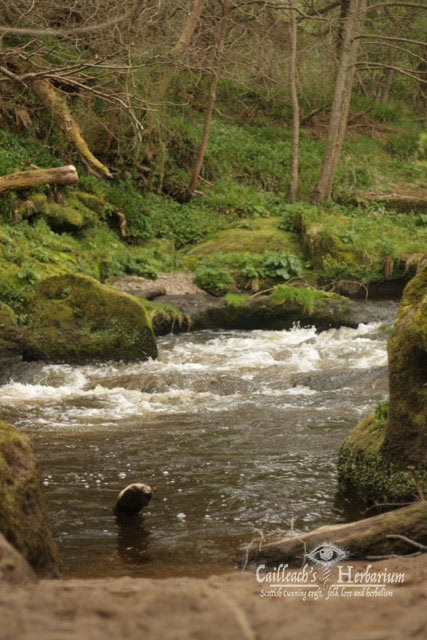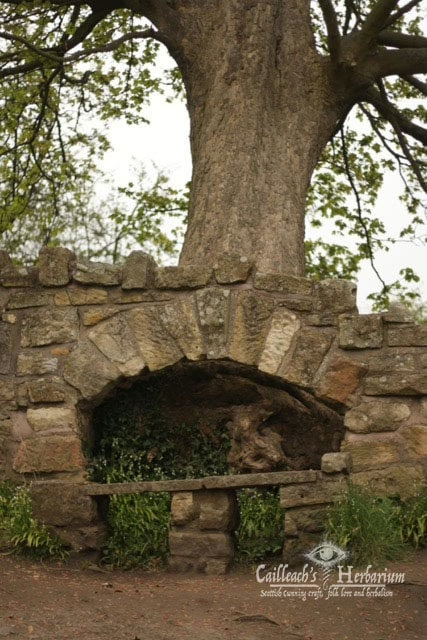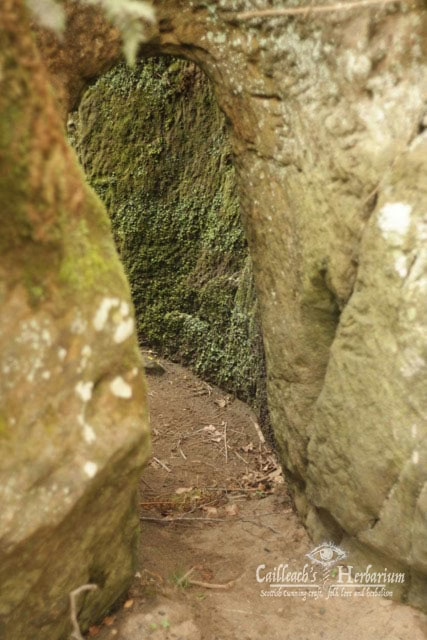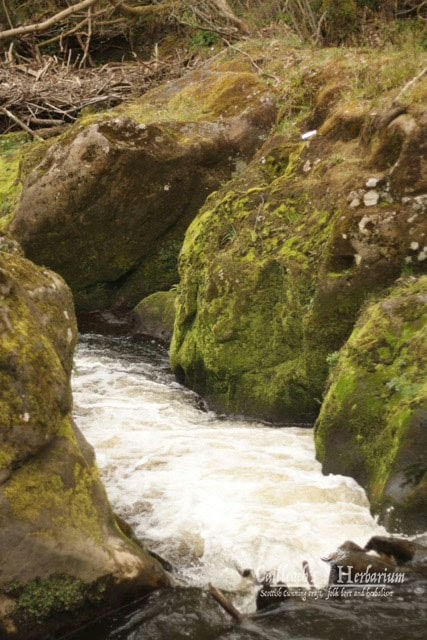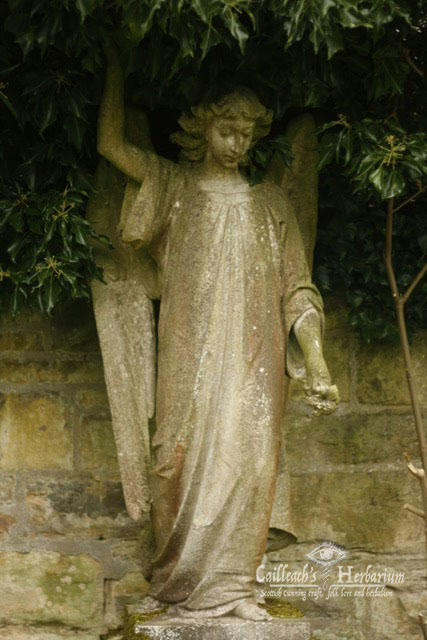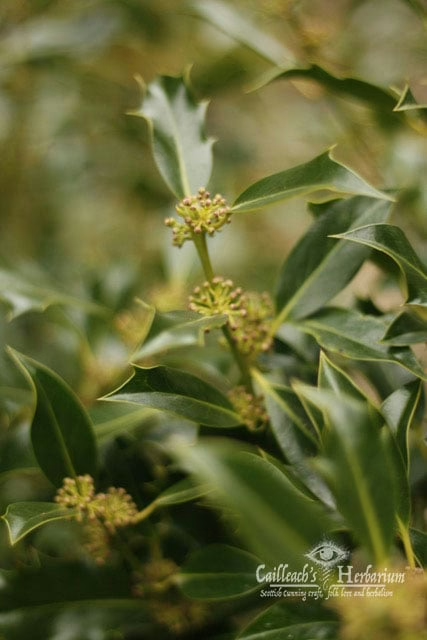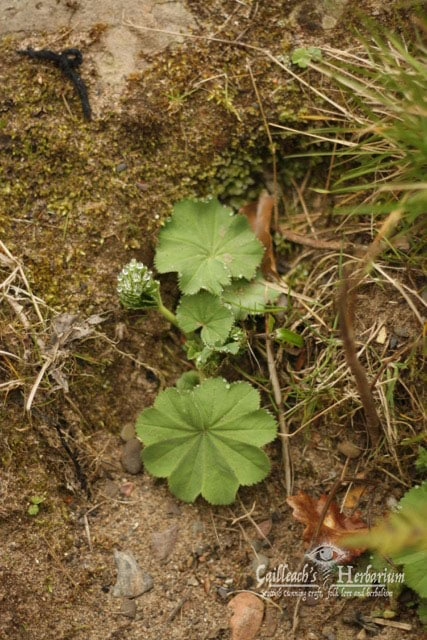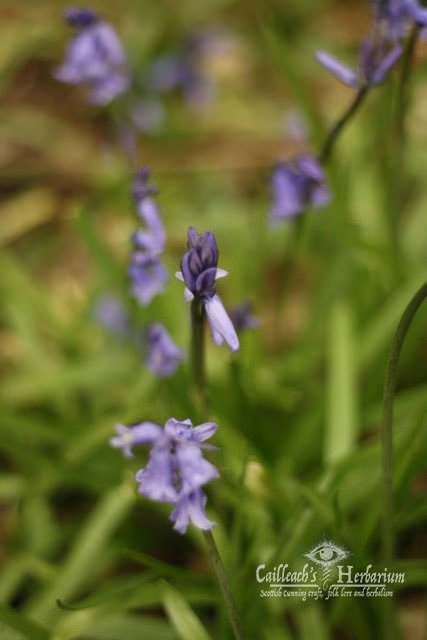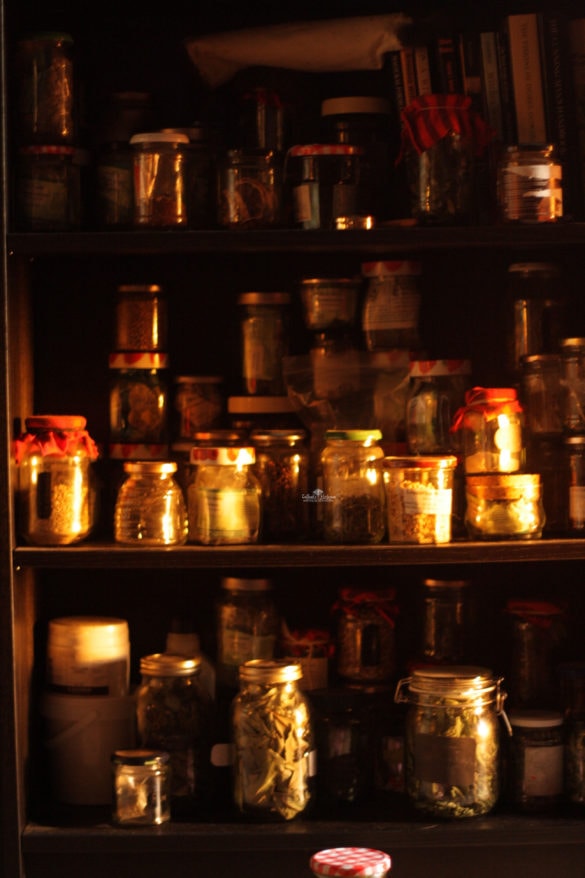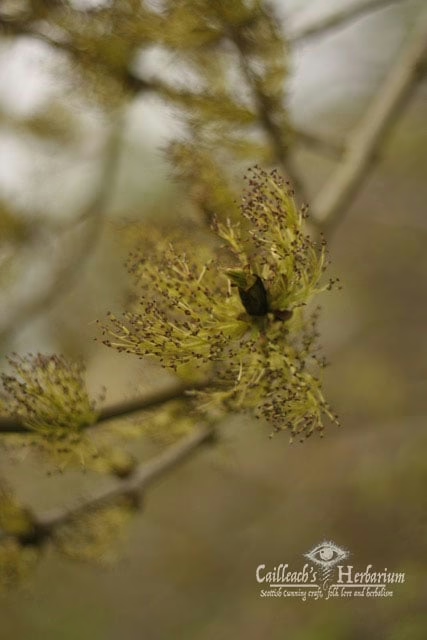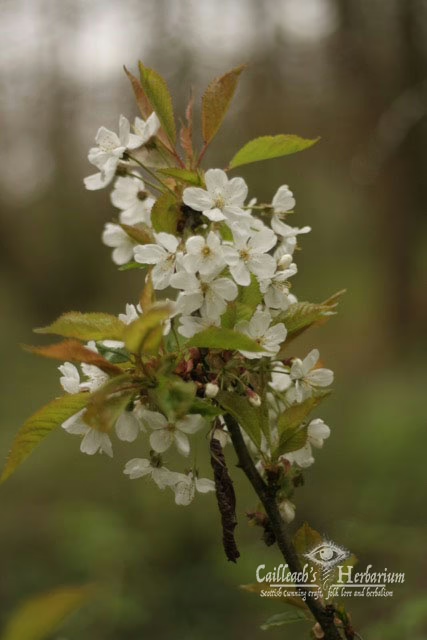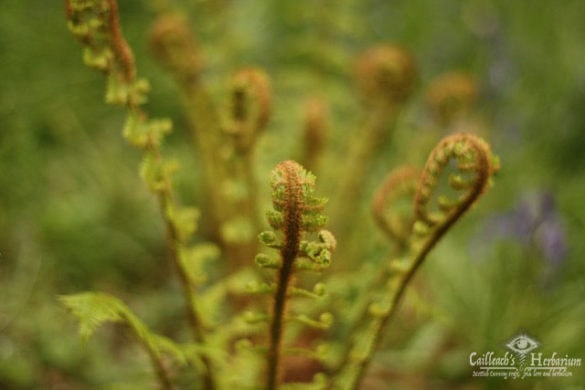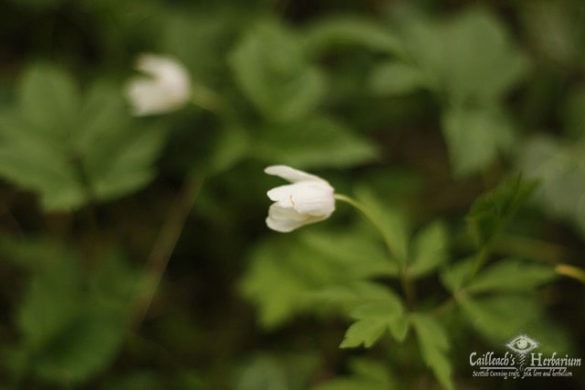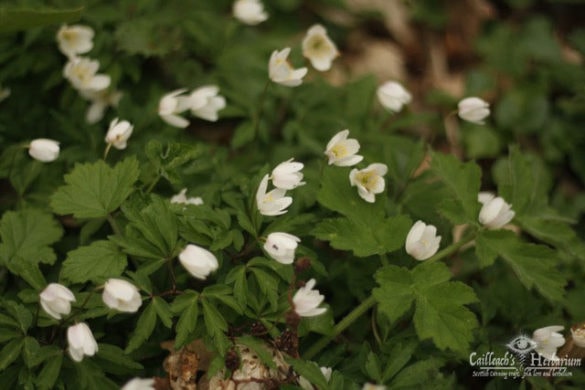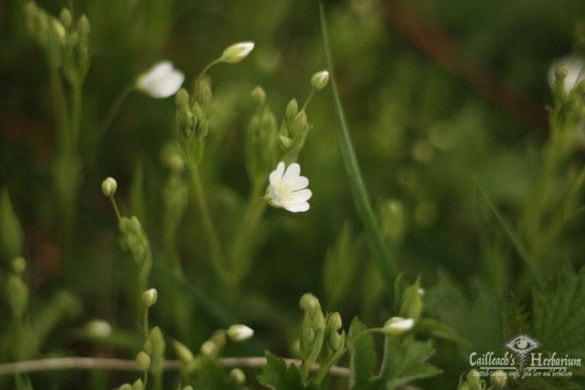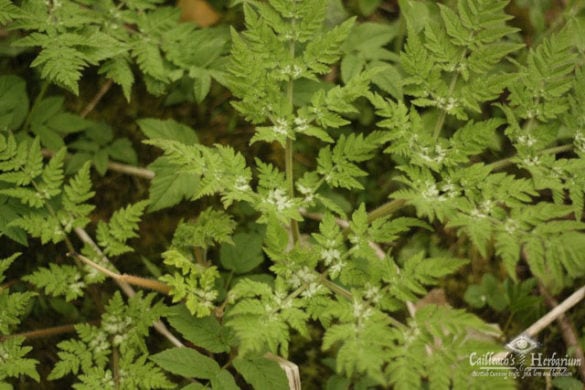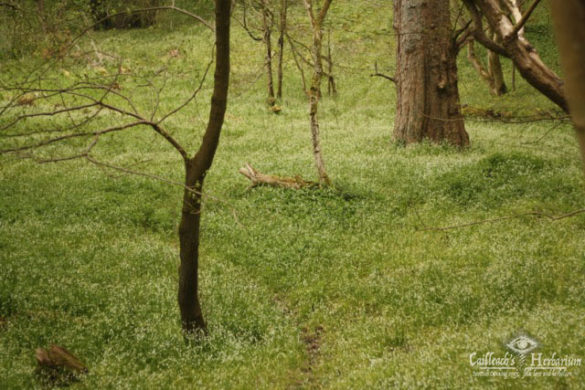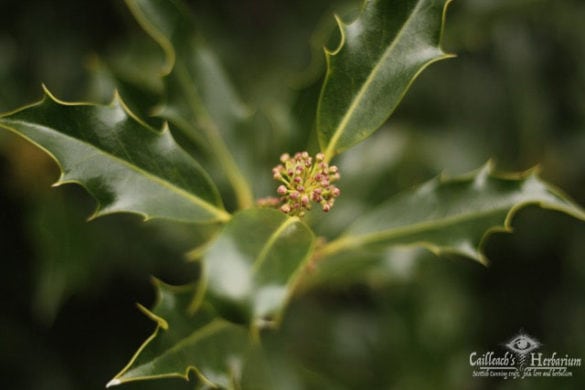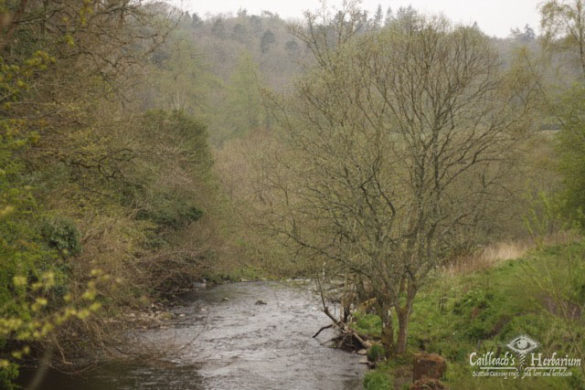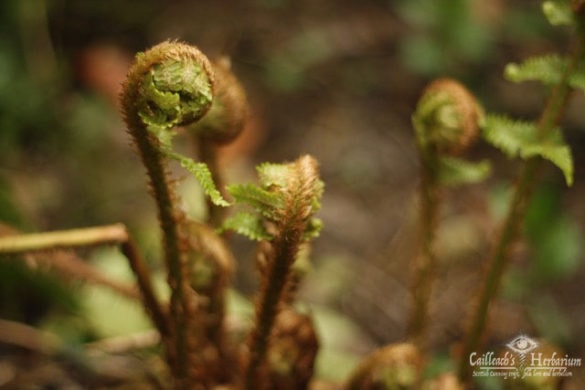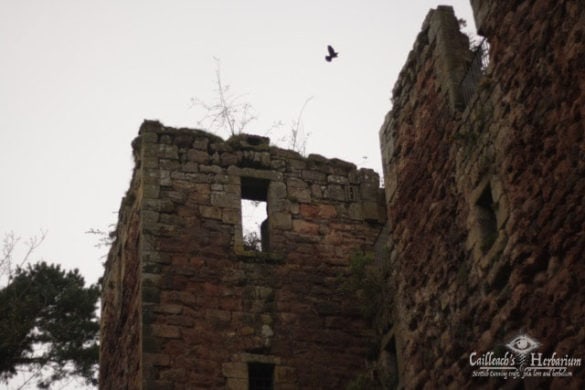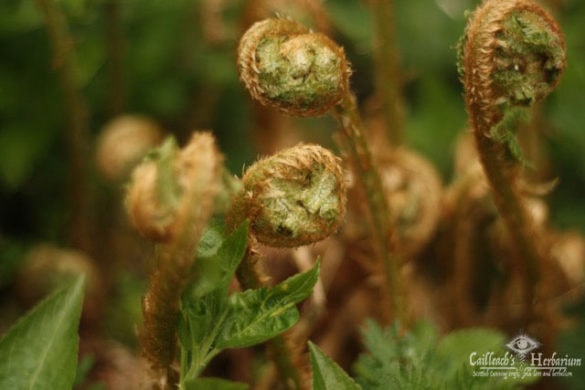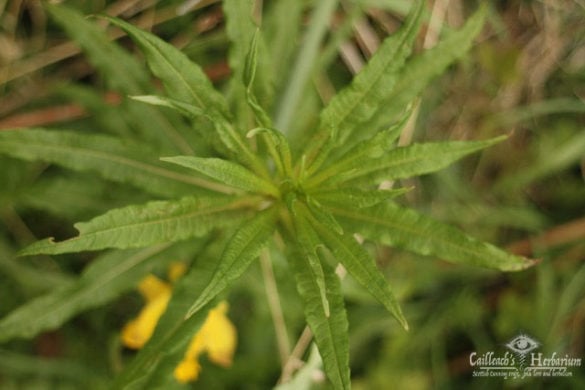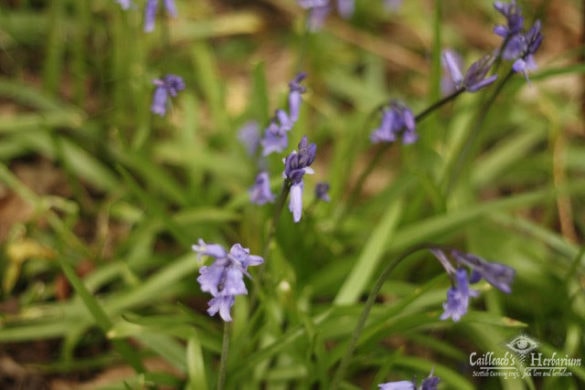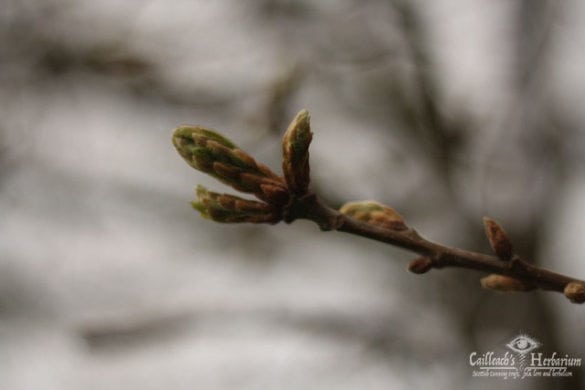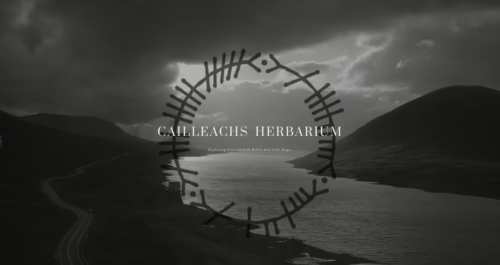“May, May the merry month of May“. I’m no Julie Andrews but this is the time of year when we begin to feel that summer, Samhradh, has truly begun. Bealtaine proper also fell into May for us this year, with both the full moon and the blooms of Hawthorn coinciding with one another. The night of Bealltainn the sky turned the most magnificent pink, mist rose from the damp soil and fog rolled in from the Firth. This pink light reflected off the white blooms of our apple orchard and the hawthorn blooms. It was a beautiful night. Made even better with the spicy taste of Sweet Woodruff infused wine.
Outside, the air is perfumed with the cleaning of livestock barns and more fertiliser and muck spreading is going on. Along with this crops are being sprayed especially the wheat cereals and potatoes. So a heady aroma all round really! The silage fields are growing their mixed grasses. I think it’ll be another month before they are ready to be cut.
Before we leave the castle grounds we take a wee walk through the small Orchard. As I’ve already mentioned the apple orchard is in full bloom and you can tell why folks call it the silver bough. It’s truly stunning. There’s much use for the Apple tree (craoibh-ùbhlanin in scots Gaelic) in herbalism, including the leaves and the bark, but many herbalists don’t use it these days. For instance, the bark is cooling and astringent and useful for a sour stomach or in cases of diarrhoea. In the case of reflux or other conditions apple leaf mixed with a lovely vulnerary like plantain and a demulcent like violet or marshmallow, it could be really effective. Also imagine using apple juice, when the time comes, to infuse a lovely chamomile or betony tea into. Tasty indeed!
Leaving the grounds we soon discovered how hot it was. Scotland usually has a really hot May, followed by a rather rainy, humid and warm June through to August with a really warm September. This year is no exception. I started taking off layers and regretting not wearing lighter shoes as we ventured into the fields and paths. It’s been warmer than usual, summer has come in full pelt. The grey clouds earlier that day had given way to crisp light blue skies, a gentle breeze and very warm sun. I love this time of year for its vibrant light green shades and the chance to get out and do a lot of foraging and wildcrafting. My eyes soak up the change from muted browns and whites to the vibrant greens of new growth pepper dotted with the yellow, light blue and whites of the hedgerow flowers. There’s something so relaxing on the eyes and soul about the spring green colour, like taking a break from close up work and looking out across the sea. It really is a breath of fresh air and most welcome sight.
I explore the new flush of spring leaf growth, gather the first flowers, the flower buds and leaves of the Hawthorn, and play guess that plant, especially when it comes to the new growth of the Apiaceae or carrot family. The Apiaceae’s are a hard family to get to know. Hemlock (ith-teodha) and Cow parsley (odharan-mór) looking to similar to me and never being worth the risk of munching off the verge. Sometimes even the sign of purple blotching may or may not be there, and the smell of bad nappies not present. Also in May, they are still hard to tell apart even though hemlock usually flowers later than cow parsley. The ones I do know well are hog weed, sweet cicely, fennel, dill and ground elder and I’m not too bad with angelica either once it’s big and in your face. Most of these also I can spot and make sure they are right because of their smell. I tend not to touch much of the others as I’m not confident with them.
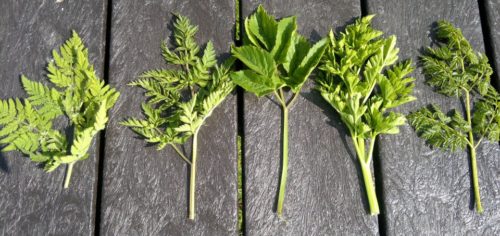
From Galloway wild foods from left to right, sweet cicely, cow parsley,ground elder, water dropwort and hemlock… see what I mean?
A wrong identification here will kill you. Hemlock is really poisonous along with cow and water dropwort. Please don’t touch these plants if you’re not 300% sure you know them and have been given help in identifying them.
Poking their heads over the fences are young lambs and their ma’swith their little ear tags. Their tails have also been cut off to prevent maggot infestations known as tail rot or fly strike. Their ma’s are still protective but they have chilled out a lot as the lambs have gotten bigger.
Moving on further down the trail we get to a huge bank of gorse, furze or whin (depending where you’re from) – atain (pronounced ahdɛN) or conasgach (pronounced kɔnəsgəx) in Scots Gaelic and of course the letter O, ᚛ᚋ᚜ in Ogham.
We could smell them before we saw them. Gorse bushes at this time of year are just coming out of bloom and moving into seed. According to Monica Wild, (Napier’s herbalist and forager), you can pick the blooms from different sides of the bush. If you pick them from the side in the sun, they taste more like coconut. If you take them for the side in the shade they taste more like a pea. Gorse flowers are great eaten and will flavour things a lovely coconut taste. Next to the gorse on the path is the dainty looking yet robust Crosswort.
Crosswort or Lus na croise – the plant of the cross in scots Gaelic, has a honey vanilla scent and is one of the bedstraw family. It’s a plant that is abundant in my area and is apparently used a lot in Romania to celebrate the summer solstice and left as an offering to the fairies. Another plant that’s all over the estate at the moment is Herb Robert or “stinking bob”. Some folks say it smells foxy, I happen to love the smell. It’s been used in Scotland traditionally as a vulnerary and named after the Saint who discovered its use St Robert and its a member of the geranium family. It certainly adds an amazing scent to wound healing herb balms. It turns an amazing shade of red as it gets older. After it flowers and has a cranes bill like seed. It’s a great wee herb and definitely one of my herbs of the month. Next to this is the start of lots of Knapweed, cornflowers, vetch, brambles, brooms and all sorts!
As we head toward the river the young nettle shoots are everywhere, as are the three-cornered leeks and the wild garlic, all really amazing eating and great food. This sea of greens is punctuated here and there with the blue of bluebells and white of wood anenomes. Finding a worthy looking and overly abundant nettle patch i settle in with my tincture jar and wee ceramic knife, chopping it up as I do so to place it in my tincture jar i have with me. This is so I could make some fresh nettle tincture for our neighbour. He stated it really worked well for him so I’m off to make one with local nettles and local honey to see if it will help his hayfever again,but this time even better. We also gather wild garlic leaves and the overly abundant three-cornered leek to make some pesto with too! We leave back up the path with full pockets and only a few stings.

